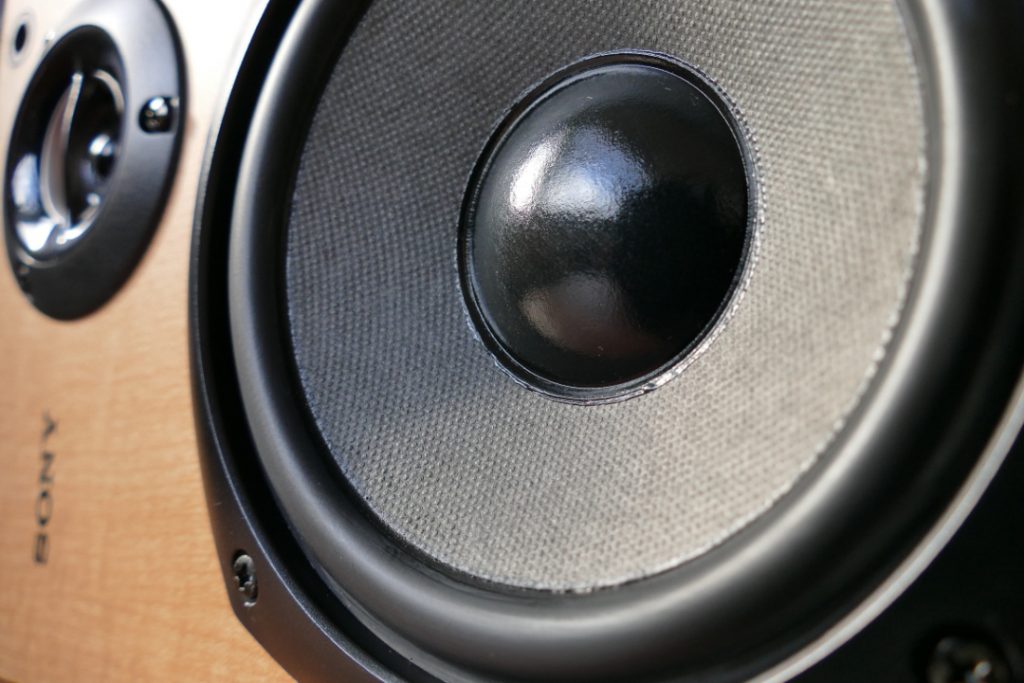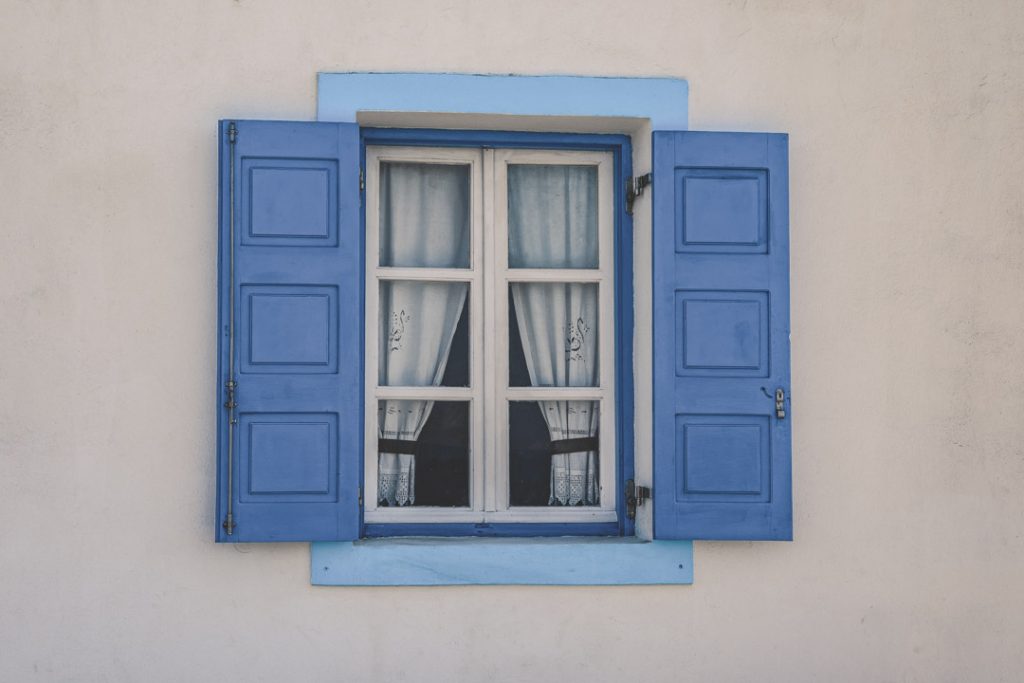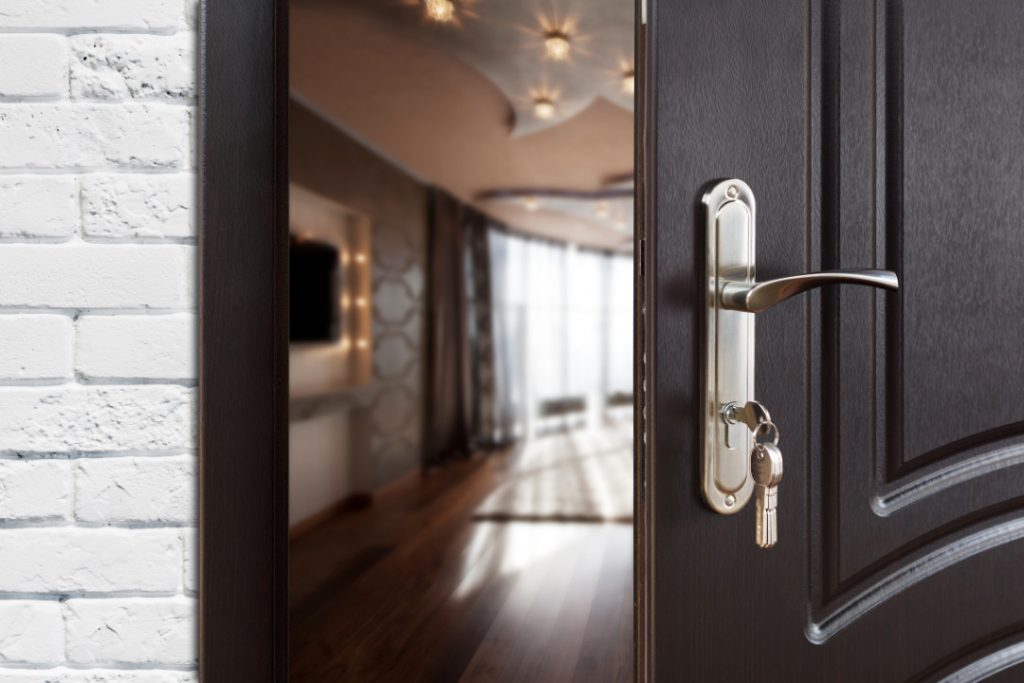A pocket door is a sliding door that disappears into a pocket in the wall when opened. Pocket doors are commonly used for closets and bathrooms, but can be used for any doorway in your home. If not soundproofed properly, noise may still enter your home. This is why this article will explain how to soundproof pocket doors.
Unlike most doors. these doors are a great space-saving solution, as they do not require any clearance to open or close. A pocket door can either be single or double, depending on your needs.
Pocket doors are also available in a variety of styles, from traditional to modern. It can even be an automatic door. If you’re looking for a unique door solution for your home, a pocket door might be the perfect option for you.

Benefits Of Soundproofing Pocket Doors
Soundproofing your pocket door can have many benefits, both for your home and for your quality of life. Unlike regular doors, the Pocket door is a great way to save space, and it can also provide some much-needed privacy.
However, without soundproofing, the entire door can allow noise to travel between rooms when the door opens and when the door closes which can be disruptive and distracting. Soundproofing your pocket door can help to reduce the amount of noise that passes through, making it easier to focus and relax in your home.
In addition, soundproofing can also help to improve the overall acoustic pocket door of your home, making it more pleasant for both you and your guests in two adjoining rooms. There are several different ways to soundproof your entire door, so be sure to do some research to find the best option for you.
With the right soundproofing materials, you can enjoy all the benefits of a pocket door without any drawbacks.

Materials You To Consider To Soundproof Pocket Doors
Materials to consider when you want to soundproof a pocket door may include, but not be limited to, the following: weather stripping, acoustical sealant, door sweeps, and mass-loaded vinyl. These materials can be used in conjunction with one another or separately, depending on your needs and budget.
Weatherstripping is a soundproofing material typically used to seal the gaps around a door, while an acoustical sealant can be used to fill in any cracks or holes – the perfect acoustic solution. Door sweeps are designed to fit well around the bottom of a door, which helps to limit unwanted noises.
Mass-loaded vinyl is a heavier material that can be used to line the inside of a door. It is effective at absorbing sound but can be more expensive than other options.
Another material to consider is using soundproof curtains. These can be hung over the door or even inside the pocket itself to help limit unwanted noises and prevent them from escaping. Other materials include soundproofing rubber, a basic door gasket, and many more.
If you’re looking for a more permanent solution, you can also install soundproofing panels on the door. The installation process is easy for everyone. This will help to block out noise completely without letting any sound leak and keep your space quiet.

How To Soundproof Pocket Door
If you have ever had the unfortunate experience of being in a room with loud, unruly pocket doors, you know how annoying it can be. However, immediately after soundproofing your pocket door, the peace and tranquility you will feel know no bound as sound waves are blocked totally from entering.
Here are some of the ways you can effectively soundproof pocket doors.
Also Read: How To Open A Window Quietly?
Filling Up All the Air Gaps
If you have a pocket door in your home, you may have noticed that there is more space around the pocket door frame and the entire door perimeter. More space can let in drafts and dirt, and they can also be a tripping hazard.
Fortunately, there are a few easy ways to fill up these gaps around the entire door perimeter(both the upper and lower perimeter) in the pocket wall and make your pocket door more secure and energy-efficient.
One option is to use weatherstripping. This is a flexible strip of material that you can attach both in the upper and lower perimeter of the door. It will help to seal off any gaps and prevent air and debris from coming through.
You can also use caulk to fill up any small gaps. Just apply a bead of caulk around the door frame and smooth it out with your finger.
For larger gaps, you may need to use foam for sound insulation. Just cut it to size and fit it into the gap. Then, use tape or another adhesive to secure it in place.
Filling up gaps in your pocket door is a simple way to improve the function and energy efficiency of your pocket door. With just a few materials like the door gaskets and some basic tools, you can easily make your pocket door more secure, and effective, and block sound out.
Also Read: How To Soundproof A Closet For Recording?
Make The Pocket Doors Thicker
Pocket doors are a great option for many homes, but they can be a bit of a problem when it comes to insulation projects. Because the door slides into a pocket in the wall, they don’t have the same seal as a traditional door, which can lead to drafts and air leaks.
There are a few things you can do to make your pocket doors thicker and more insulating, such as adding weather stripping or using a thicker door sweep. You can also install a magnetic door seal at the top and bottom of the door to help create a tighter seal.
With a few simple changes, you can make a much more energy-efficient, comfortable and stronger door which can avoid sound leaks.
Using Paints Designed For Soundproofing For Pocket Doors
Using Paints Designed For Soundproofing doors can be extremely beneficial. By absorbing and dissipating sounds, these paints can help to create a more peaceful and relaxing environment.
In addition, they can also help to reduce noise levels in rooms with hard surfaces, such as kitchens and bathrooms. While there are several different brands available, each one offers its own unique set of features and benefits.
As such, it is important to choose a paint that is best suited to your needs. Here are just a few of the best paints for soundproofing on the market today:
1. SonaPruf Sound Absorbing Paint:
This water-based paint is designed to absorb and dissipate sounds, helping to create a more peaceful environment. It is also low-VOC and non-toxic, making it safe for use in homes with children or pets.
2. STC rating of 56:
This paint from Sherwin-Williams has a high STC rating of 56, making it ideal for reducing noise levels in rooms with hard surfaces. It is also durable and easy to clean, making it ideal for high-traffic areas.
3. Envirocoustic Sound Absorbing Paint:
This zero-VOC paint is designed to absorb and dissipate sounds, helping to create a more peaceful environment. It is also safe for use in homes with children or pets.
4. Noiseless Paint:
This paint from Benjamin Moore is which is specifically designed to reduce noise levels by up to 50%. It is also low-VOC and easy to clean, making it ideal for high-traffic areas.
5. Silent Paint:
This paint from Dulux is specifically designed to reduce noise levels by up to 50%. It is also low-VOC and easy to clean, making it ideal for high-traffic areas.
Also Read: How To Open Champagne Quietly?
Conclusion
To achieve the best possible results, it is important to follow all of the steps outlined in this guide. By taking the time to properly prepare the door, install the insulation, and seal any gaps, you can significantly reduce the amount of noise that passes through the door between two adjoining rooms. The integrated system of all the components will get you the tranquility you so desire.
Additionally, regular maintenance will help to ensure that the soundproofing materials remain effective over time. By following integrated system of all the components and all the tips, you can avoid letting sound in, and then create a much quieter environment in your home or office.
Also Read: How To Soundproof French Doors?







